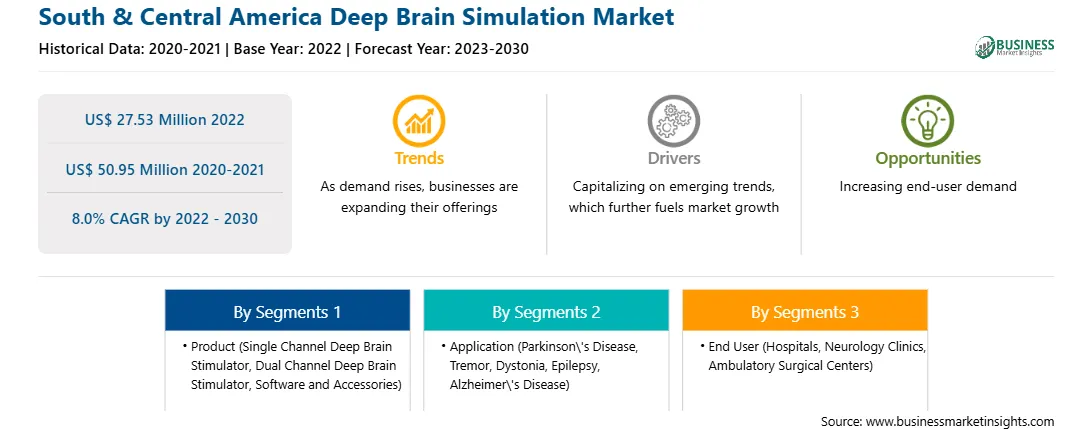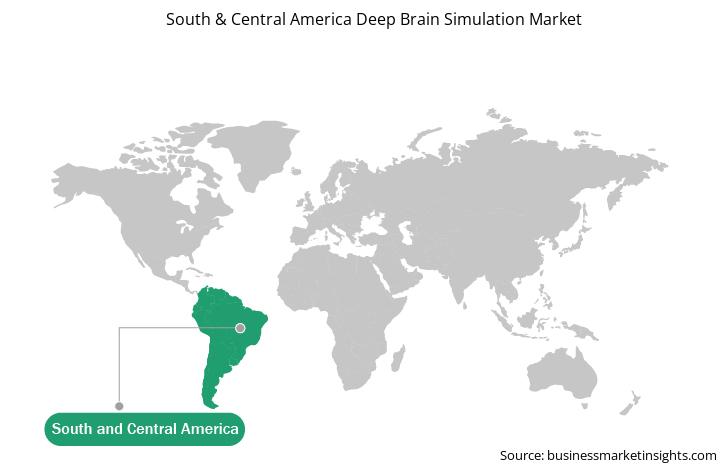Deep brain stimulation is a minimally invasive targeted surgery used to treat movement disorders in dystonia, Parkinson's disease, and essential tremor. Minimally invasive surgeries (MIS) offer several advantages over traditional surgical techniques. MIS minimizes trauma to the body, reduces postoperative pain, increases recovery speed, and improves outcomes. Robotic procedures represent the latest evolution in minimally invasive procedures, providing surgeons with precision equipment that uses the same small incisions used in traditional laparoscopy. MIS leads to less blood loss, less analgesic use, and shorter postoperative hospital stay than open surgery. In addition, minimally invasive surgery indicates a higher accuracy rate than traditional surgical methods. Also, these procedures require tiny incisions large enough to insert thin tubes and cameras. These benefits of MIS are increasing inpatients and have encouraged older patients who face high operative morbidity and mortality to seek surgery. Thus, the rising demand for minimally invasive surgeries due to their advantages bolsters the South & Central America deep brain stimulation (DBS) market growth.
In Brazil, the aging population is rapidly growing. According to the data from Pan American Health Organization (PAHO), Brazil has over 30 million people aged 60 years and older, representing 13% of the country's population. By 2030, this age group is expected to reach ~50 million, representing 24% of the Brazilian population. As per the Brazil Statistical Institute, the country’s population aged 65 and above is expected to hold 36% share of the total population of Brazil by 2050. Further, the prevalence of neurological disorders is dependent on the geriatric population in Brazil; thus, the increasing incidences of neurological diseases, such as Parkinson's disease and Alzheimer’s disease, are likely to propel the demand for deep brain stimulation (DBS) for treatment. Moreover, as per the study, “Trends in mortality from Alzheimer’s disease in Brazil, 2000–2019,” published in 2023, in Brazil, Alzheimer’s disease has become a major health concern since the population is increasingly aging, coupled with the increasing mortality rates and the growing prevalence of the disease in the country. During 2009–2019, there was a 49% increase in deaths due to Alzheimer’s disease in the country, making it the seventh leading cause of death. More than 211,600 deaths were due to the disease in the same period in Brazil. Furthermore, 73% of the deaths were of people aged 80 and above, and 27% were in the 60–79 age group. Thus, the above-mentioned factors are expected to increase the demand for DBS devices for the treatment of diseases in the country in the coming years.
The South & Central America deep brain simulation market is segmented into product, application, end user, and country.
Based on product, the South & Central America deep brain simulation market is segmented into single channel deep brain stimulator, dual channel deep brain stimulator, and software and accessories. In 2022, the dual channel deep brain stimulator segment registered the largest share in the South & Central America deep brain simulation market.
Based on application, the South & Central America deep brain simulation market is segmented into Parkinson's disease, tremor, dystonia, epilepsy, Alzheimer's disease, and others. In 2022, the Parkinson's disease segment registered the largest share in the South & Central America deep brain simulation market.
Based on end user, the South & Central America deep brain simulation market is segmented into hospitals, neurology clinics, ambulatory surgical centers, and others. In 2022, the hospitals segment registered the largest share in the South & Central America deep brain simulation market.
Based on country, the South & Central America deep brain simulation market is segmented into Brazil, Argentina, and the Rest of South & Central America. In 2022, Brazil registered the largest share in the South & Central America deep brain simulation market.
Abbott, Medtronic, Boston Sci, and Leva Nova are some of the leading companies operating in the South & Central America deep brain simulation market.
Strategic insights for the South & Central America Deep Brain Simulation provides data-driven analysis of the industry landscape, including current trends, key players, and regional nuances. These insights offer actionable recommendations, enabling readers to differentiate themselves from competitors by identifying untapped segments or developing unique value propositions. Leveraging data analytics, these insights help industry players anticipate the market shifts, whether investors, manufacturers, or other stakeholders. A future-oriented perspective is essential, helping stakeholders anticipate market shifts and position themselves for long-term success in this dynamic region. Ultimately, effective strategic insights empower readers to make informed decisions that drive profitability and achieve their business objectives within the market.

| Report Attribute | Details |
|---|---|
| Market size in 2022 | US$ 27.53 Million |
| Market Size by 2030 | US$ 50.95 Million |
| Global CAGR (2022 - 2030) | 8.0% |
| Historical Data | 2020-2021 |
| Forecast period | 2023-2030 |
| Segments Covered |
By Product
|
| Regions and Countries Covered | South and Central America
|
| Market leaders and key company profiles |
The geographic scope of the South & Central America Deep Brain Simulation refers to the specific areas in which a business operates and competes. Understanding local distinctions, such as diverse consumer preferences (e.g., demand for specific plug types or battery backup durations), varying economic conditions, and regulatory environments, is crucial for tailoring strategies to specific markets. Businesses can expand their reach by identifying underserved areas or adapting their offerings to meet local demands. A clear market focus allows for more effective resource allocation, targeted marketing campaigns, and better positioning against local competitors, ultimately driving growth in those targeted areas.

1. Abbott Laboratories
2. Medtronic Plc
3. Boston Scientific Corp
4. LivaNova, PLC
The South & Central America Deep Brain Simulation Market is valued at US$ 27.53 Million in 2022, it is projected to reach US$ 50.95 Million by 2030.
As per our report South & Central America Deep Brain Simulation Market, the market size is valued at US$ 27.53 Million in 2022, projecting it to reach US$ 50.95 Million by 2030. This translates to a CAGR of approximately 8.0% during the forecast period.
The South & Central America Deep Brain Simulation Market report typically cover these key segments-
The historic period, base year, and forecast period can vary slightly depending on the specific market research report. However, for the South & Central America Deep Brain Simulation Market report:
The South & Central America Deep Brain Simulation Market is populated by several key players, each contributing to its growth and innovation. Some of the major players include:
The South & Central America Deep Brain Simulation Market report is valuable for diverse stakeholders, including:
Essentially, anyone involved in or considering involvement in the South & Central America Deep Brain Simulation Market value chain can benefit from the information contained in a comprehensive market report.